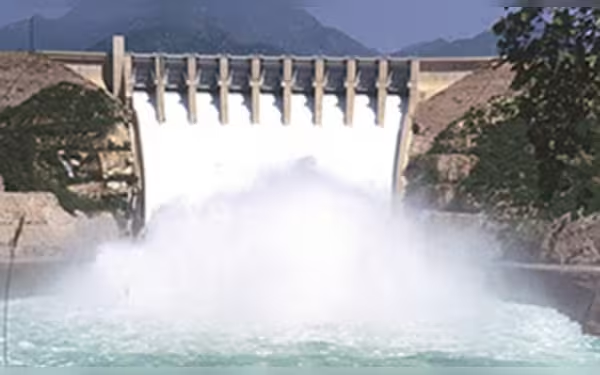Tuesday, July 2, 2024 03:30 PM
Irsa's Water Allocation Dispute Sparks Concern in Sindh
- Switch to para-2 of 1991 Accord contested by Sindh
- Improved water outlook with 21% shortage estimate
- Efforts to ensure ample water supply in Sindh canals
 Image Credits: Dawn
Image Credits: DawnRecent developments in water flow management in Sindh show improvements in water availability, but concerns remain over the sustainability of changes amidst a dispute over water allocation methods.
Water flow in the irrigation channels of Sindh is anticipated to see a positive change in the upcoming week. However, concerns linger regarding the reliability of these increased flows due to recent developments in water distribution methods.
The Indus River System Authority (Irsa) has decided to switch to para-2 of the Water Apportionment Accord of 1991 instead of the three-tier formula, a move contested by Sindh. This disagreement has led to a pending adjudication by the Council of Common Interests (CCI).
Initially projected to face a 30% water shortage in the early Kharif period, the region's outlook has now improved with a revised estimate of 21% shortage. The recent rise in water availability has enabled Irsa to allocate water under para-2 of the 1991 accord, a demand long advocated by Sindh.
The current surge in water levels in the Kabul River and unexpected storage levels in Mangla Dam have played a significant role in enhancing the water situation. However, concerns persist regarding the sustainability of these flows, particularly with restrictions on filling Tarbela Dam due to ongoing construction activities.
Efforts are underway to ensure ample water supply to the canals in Sindh, with significant flow increases expected in the near future. Despite the challenges, officials are hopeful that the water shortages in various canal systems will soon be resolved, benefiting agricultural practices in the region.
Local growers are eagerly anticipating a guaranteed water supply for their crops, especially for rice cultivation. Authorities are urged to provide clear irrigation schedules to assist farmers in effectively planning their planting activities.
The developments in water flow management in Sindh bring a mix of optimism and caution. While improvements are on the horizon, the sustainability of these changes remains a key concern. It is crucial for stakeholders to work together to ensure a reliable and efficient water distribution system that supports the agricultural needs of the region.













